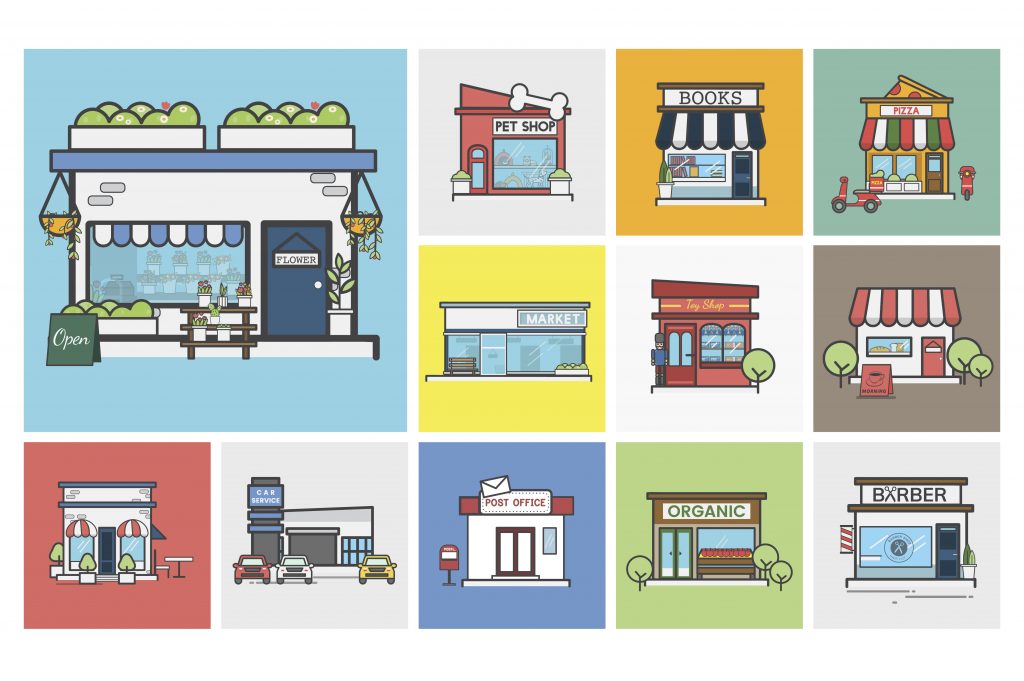With three months of the novel coronavirus pandemic behind us, CardFlight sees the outlook for small businesses beginning to brighten. Much of the country has reopened, Americans appear to be adjusting to public health guidelines designed to limit the virus’ spread, and businesses are continuing to adapt to the impact of social distancing measures. However, even as we see certain markers begin to make their way back to pre-COVID-19 levels, it is clear that this experience has permanently changed small businesses in several crucial ways. Based on the data and insights we have gathered in working with our partners to serve small businesses, here are some of the lasting changes that we predict in the payments industry:
Acceleration of Payment Acceptance Trends
As COVID-19 confined consumers to their homes and made them wary of potentially infectious surfaces, previously available contactless payment acceptance methods which merchants had been slow to adopt suddenly became the norm. After the World Health Organization officially declared the outbreak a pandemic , businesses felt uncomfortable handling customer cards and began to encourage the use of the most obvious of these methods – tap to pay – for the safety of their customers and employees. Between the rapid change of consumer behaviors and what we expect to be long-term caution around infection risks, we believe that contactless is here to stay, even within in-person payment environments.
Of course, the greatest form of “contactless” is when cards aren’t present at all. As states begin to reopen nationwide, we expect to see small businesses who previously relied on “card present” transactions adding card-not-present options to their payment system. In some of these cases, goods and services may still be delivered in person—for example, with curbside pickup of food or books, or on-site services such as lawn and pool care. Regardless of service delivery method, though, the payment transaction will take place virtually, through a variety of methods including phone orders; e-commerce or in-app orders; or an invoice, subscription or other scheduled charges to a customer’s card. All small businesses will need to equip themselves to handle payment methods that enable their customers and staff to reduce contact wherever possible.
Other ways in which the physical aspects of checkout will be removed include an almost complete elimination of cash in daily transactions, and the reprogramming of payment terminals to remove signature requirements or limit them to high-ticket transactions. We will also see the role of cloud-based and software-led payment solutions become crucial for small businesses’ ability to make these changes and offer a wide range of payment options as they reopen and recover.
Our industry initially expected these shifts to occur over the next decade, but we believe the pandemic has pushed this timeline up by 1-3 years, if not sooner.
Increased Use of Delivery Services
As restaurants pivoted to accommodate government bans on dining in, many shifted to curbside and delivery services, online ordering, and subscription models for high use items like breakfast and coffee. Produce boxes, meal-prep kits, and similar services have also increased during shutdown as merchants looked for new revenue streams to make up for lost in-store gains. We expect these added services will continue augmenting food service providers’ revenue streams as restaurants reopen with restricted capacity. Increased consumer comfort levels, the newfound convenience factor, and customer “stickiness” make this shift a win-win for consumers and merchants.
Small Business Loyalty Here to Stay
Shutdowns unfortunately led many businesses to close their doors and lay off or furlough their employees. Unlike previous downturns, many merchants chose to share these painful choices with their communities rather than conceal them. In response, communities stepped in and stepped up, supporting local small businesses through fundraising, pre-purchasing gift cards, donations and more, aiding unemployed staff and keeping merchants afloat.
The support for small businesses was a much-needed dose of good news in an environment sorely lacking in that department. As businesses start to reopen, we expect community support for local establishments and jobs will remain strong beyond just conventional purchasing habits. In turn, small businesses will work to maintain integrity and brand consistency, supporting both their employees and suppliers.
As we continue to watch how these predictions for our industry’s future play out, we invite you to follow along via CardFlight’s weekly Small Business Impact Report, an analysis of payment transactions sourced from the more than 60,000 U.S. small businesses using CardFlight’s SwipeSimple payment acceptance technology.
